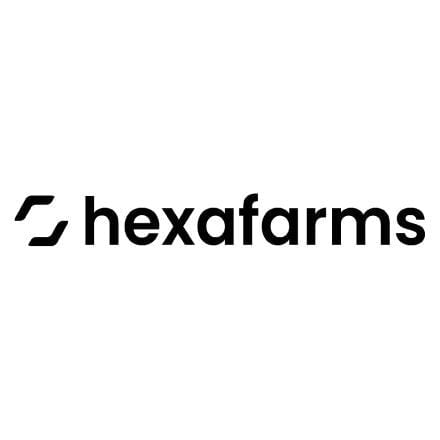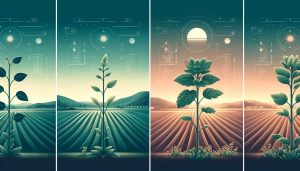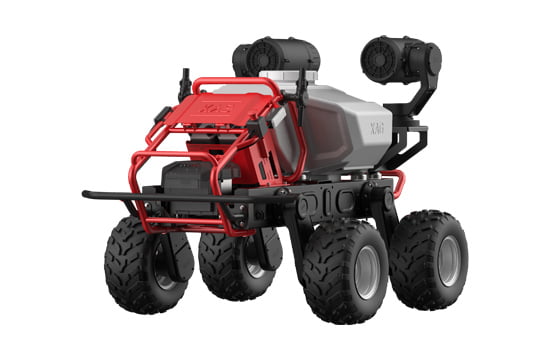Welcome to our news feed page, dedicated to bringing you the latest and most important news in the world of agritech and agtech. Here, you will find up-to-date information on the latest technological advancements, trends, and developments in agriculture and farming. We scour the web and various sources to bring you the most relevant and timely news from around the world.
Whether you’re a farmer, entrepreneur, investor, or simply interested in the latest developments in agtech, our news feed is the perfect place to stay informed and up-to-date. So sit back, relax, and browse through our feed to learn about the current most important agritech and agtech news.
February 2023 Trends
The general trend in the agritech and agtech industry is a growing focus on the development and adoption of technology to address challenges in agriculture and farming. This includes the use of drones, precision agriculture, industrial IoT, and other technologies to improve crop monitoring, management, and resource efficiency. Many countries, including the UK and India, are investing in agri-tech centers and hosting events and workshops to promote collaboration and innovation in the industry. There is also a growing interest in the potential of blockchain technology to drive technological innovation in developing countries and to address sustainability concerns. Investment and funding are also supporting the growth of agritech startups, while accelerators and mentorship programs are providing support to young entrepreneurs and innovators in the industry.
Key Trends Driving Growth in the Agriculture Industry
The agriculture industry has undergone several technological advancements, which have led to significant improvements in productivity, efficiency, and sustainability. Five key trends driving growth in the agriculture industry are Agricultural AI, Agricultural Robotics, Drones, Internet of Things (IoT), and Big Data Analytics.
Agricultural AI involves using AI algorithms to process data collected from sensors placed in crop fields and mechanized farming equipment. These analytics can help optimize water and energy consumption and improve resource allocation. Machine learning and deep learning techniques are also being used in soil and crop monitoring.
Agricultural Robotics are mechanized solutions to address the challenges posed by the demand for food production and agriculture with the rise in population. Mobile farming robots can collect real-time data in the fields and make real-time decisions based on AI algorithms, reducing resource consumption and human error, resulting in cost efficiency and improved crop quality.
Drones provide farmers with a bird’s-eye view of their crop fields, allowing them to monitor plant health, handle livestock management, perform soil surveys, and check weather conditions. Data collected from drones can help farmers make informed decisions on pest control and soil restoration.
IoT sensors, such as RFID chips, are being used to monitor weather conditions, control and manage production processes, and lower production risks. IoT can also help farmers observe and manage their fields and cattle remotely by equipping their properties with smart data-driven devices.
Big Data Analytics is used to analyze data collected from various sensors to build the right solutions to optimize agricultural production, making it more adept, practical, and sustainable for the environment and economy.
Despite the bright future for agritech, many challenges remain with the adoption and implementation of these technologies in many critical crop-producing parts of the world, such as the lack of access to technological resources and the inherited dependency on traditional farming methods. Governments and administrations need to empower farmers with the right knowledge, resources, and training to fully actualize the benefits that agritech can bring to their local economies as well as their personal livelihoods.
Drones, Blockchain, and Sustainable Farming
In the agriculture and tech industries, there are several trends to note. Firstly, there is an increasing use of drone technology in agriculture to gather season-long images of growing crops, which helps farmers to make better-informed decisions about crop management. Secondly, there is a growing need for technological innovation in the agri-food industry, worth an estimated $8.5 trillion, to accommodate and sustainably feed 10 billion people by 2050.
Blockchain technology is being used to assemble actionable data to improve small businesses’ operations across several financial and sustainability metrics. Thirdly, companies like Dimitra Incorporated are using blockchain and other emerging technologies, including artificial intelligence, satellites, drones, and IoT sensors, to provide farmers with actionable data that helps them increase yield, reduce costs and mitigate risk. The Dimitra Sponsorship Program also allows investors to stake the project’s native ERC-20 token DMTR and sponsor Dimitra-affiliated farms and projects, promoting the use of blockchain among small farmers’ businesses, which helps to promote sustainable farming practices and fight against deforestation.
Drones and AI-powered crop intelligence solutions revolutionize agriculture
The use of drone technology in agriculture is increasing, with companies like Taranis providing AI-powered crop intelligence solutions. These drones are being used to capture images of crops throughout the growing season, allowing for the identification of pests, nutrient deficiencies, and other issues. This technology is being embraced by progressive “trusted advisors” and could provide a potential step change for farm management. Bioenterprise Canada, a national agri-technology focused commercialization accelerator, is celebrating two decades of supporting agri-tech innovation and commercialization success in Canada. The organization has generated $285 million in follow-on investment in Canadian agriculture and agri-food and yielded a 200:1 return on invested dollars. The focus of the organization has expanded dramatically, with an early focus on building a bioeconomy and finding bio-based energy sources to support a transition away from fossil fuels. Today, food security and sustainability rank highly on the Bioenterprise list of strategic priorities.
Agtech companies to watch
Agriculture is leveraging technology to increase efficiency and address current challenges, such as climate change, environmental footprint, and resource management. Bowery Farming, Trilogy Networks, Veea, Microclimates, Advanced.Farm, and Blue White Robotics are among the companies leading the agritech sector.
Bowery Farming is doubling its farms and revenue by using vertical farms, automated storage and retrieval system technology, and IoT sensors to optimize quality while maximizing resources. Trilogy Networks, Veea, and Microclimates are developing an all-in-one agritech solution that combines unified connectivity fabric, communications, and smart climate-controlled environment management to improve operational efficiency and lower costs.
Advanced.Farm is advancing robotic IoT machinery, enabling navigation, soft-food gripping technology, and digital twin real-world simulations, while Blue White Robotics offers robotic kits that transform existing fleets of vehicles into robotic autonomous-platform-managed machines. These companies are using a combination of IoT, machine learning, and cloud platforms to shape the future of agriculture, and as global food demands, land, water, and energy use put pressure on agricultural systems, precision agritech IoT edge companies will continue to lead the way.
















